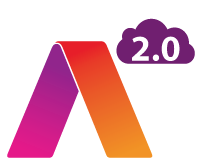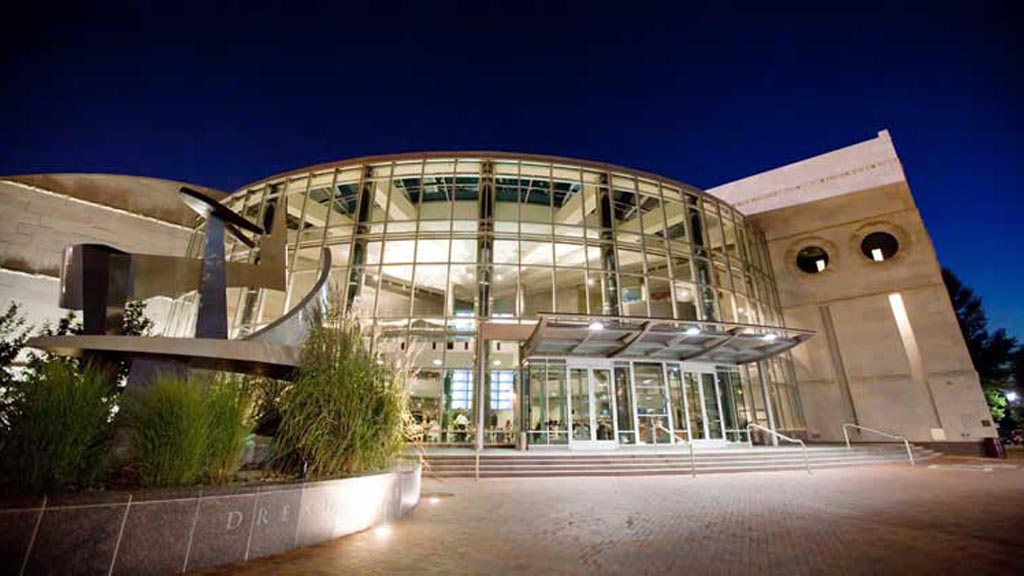Aframe adds Edit Flow to cloud service
Some program genres have traditionally had high shooting ratios. It is not uncommon for observational documentaries to shoot 100:1, that is 100 hours of material for one hour on screen.
The move from videotape to card cameras has only increased the amount of material shot. It easy for the director to say “leave it rolling” with the consequence 150:1 or even 200:1 ratios are not unheard of. However, managing the media and creating an efficient workflow with all that material can be challenging.

Cards must be copied to disks, with a check to confirm the integrity of the transfer. Backups must be made, and then the files transported to the production office or post house. That is when the work starts — shot selection, logging and annotation. Throughout the logging process, many parties may want to see the dailies. And then, there is the issue of communicating all the annotations to the editor.
The move from tape to files opens up opportunities to change workflows. David Peto, CEO of cloud provider Aframe, believes that the Aframe 2.0 platform can radically simplify collaborative editing workflows. Aframe offers storage as a service, tailored specifically to the needs of video production. Their original service provided for ingest of the broadcast resolution files (or proxies if the bandwidth is not available), which are then available anywhere in the world for review or download as needed. The latest version, Aframe 2.0, adds Edit Flow, a tool to ease delivery of clips to the edit bay.
Card-based cameras create a folder of files each time the camera starts recording. A card will contain a collection of folders, one for each clip. Aframe allows production staff to start selecting a rejecting clips on or near set, all from a web browser. Peto explains “we describe the process as ‘triage’, that is bringing it down to a manageable level before the edit starts.”
Production staff can make a rough cut from a browser, so there is no need for expensive licenses or full editing skills. Then, from Edit Flow, they can save out an AAF EDL file for input to Avid Media Composer, or XML files formatted for Final Cut Pro 7 or Premiere Pro. The editor can link the EDL with the high-resolution clips. These can be loaded from a drive transported from the shoot or downloaded from Aframe’s cloud.
“The average lengths of clips in our projects are only 30 seconds, so you are not downloading large files,” said Peto.
The professional video industry's #1 source for news, trends and product and tech information. Sign up below.
The advantage over tape is that only one clip may have been needed from a tape, yet the whole tape must be transported to the edit bay. When one clip from a camera card is needed, just that clip folder need be transferred over the cloud.
The Edit Flow EDL contains clip markers and annotation, so the editor can view any metadata added at the shot selection stage. This can cut down misunderstanding between the editor, remote from the production, and the shooting crew. What used to be called offline is taking place more and more on or near set, with the result that communication lines become stretched. Storing dailies in the cloud greatly eases all the processes of collaboration.
For producers, high shooting ratios can lead to higher costs, as production staff grapple with too much material. Aframe have leveraged the cloud to give production companies a platform for collaboration across the set, the office and the post house. As creatives get more used to entering metadata into timelines, rather than assorted text documents, stickies, whatever, the edit will flow more smoothly.
